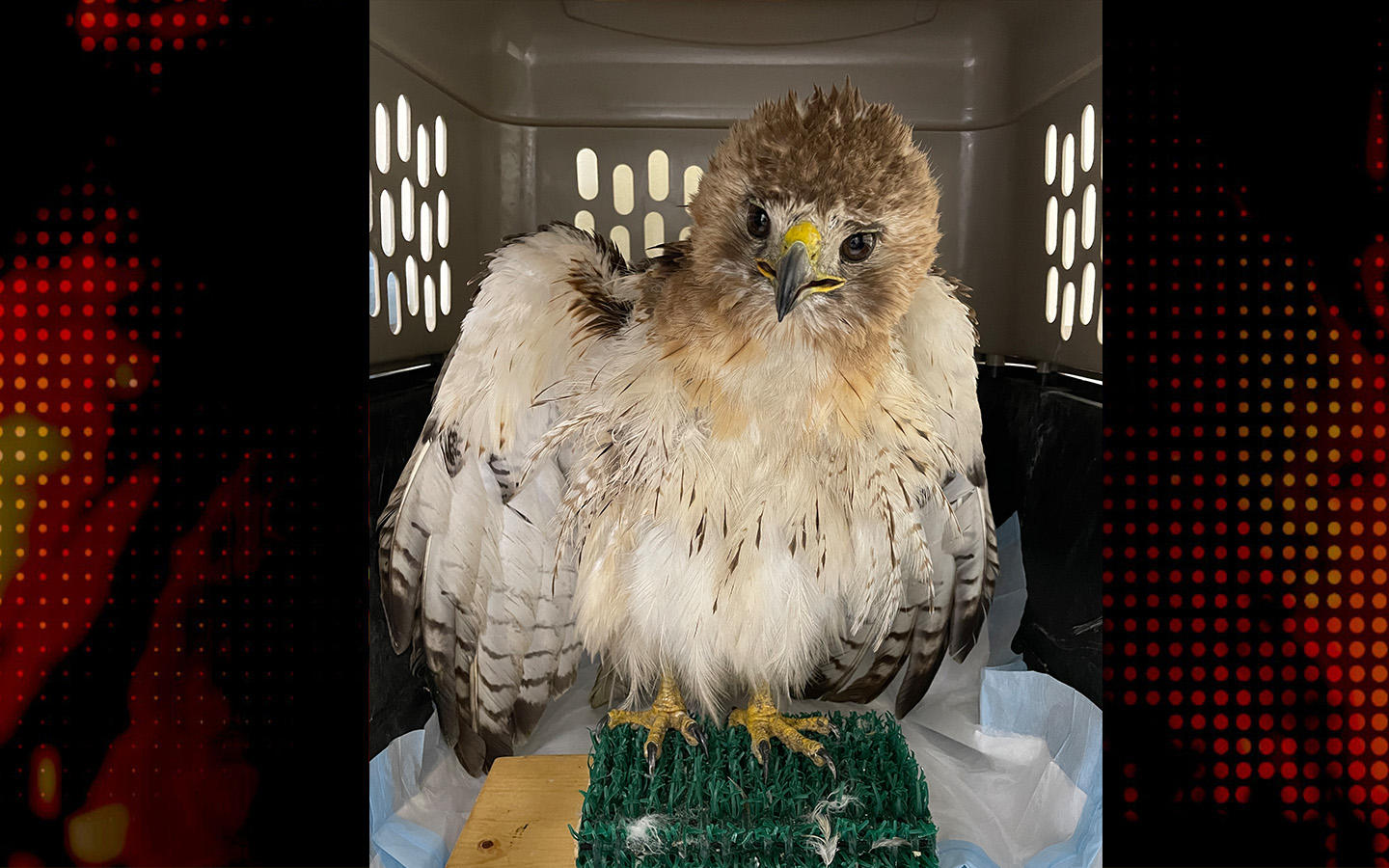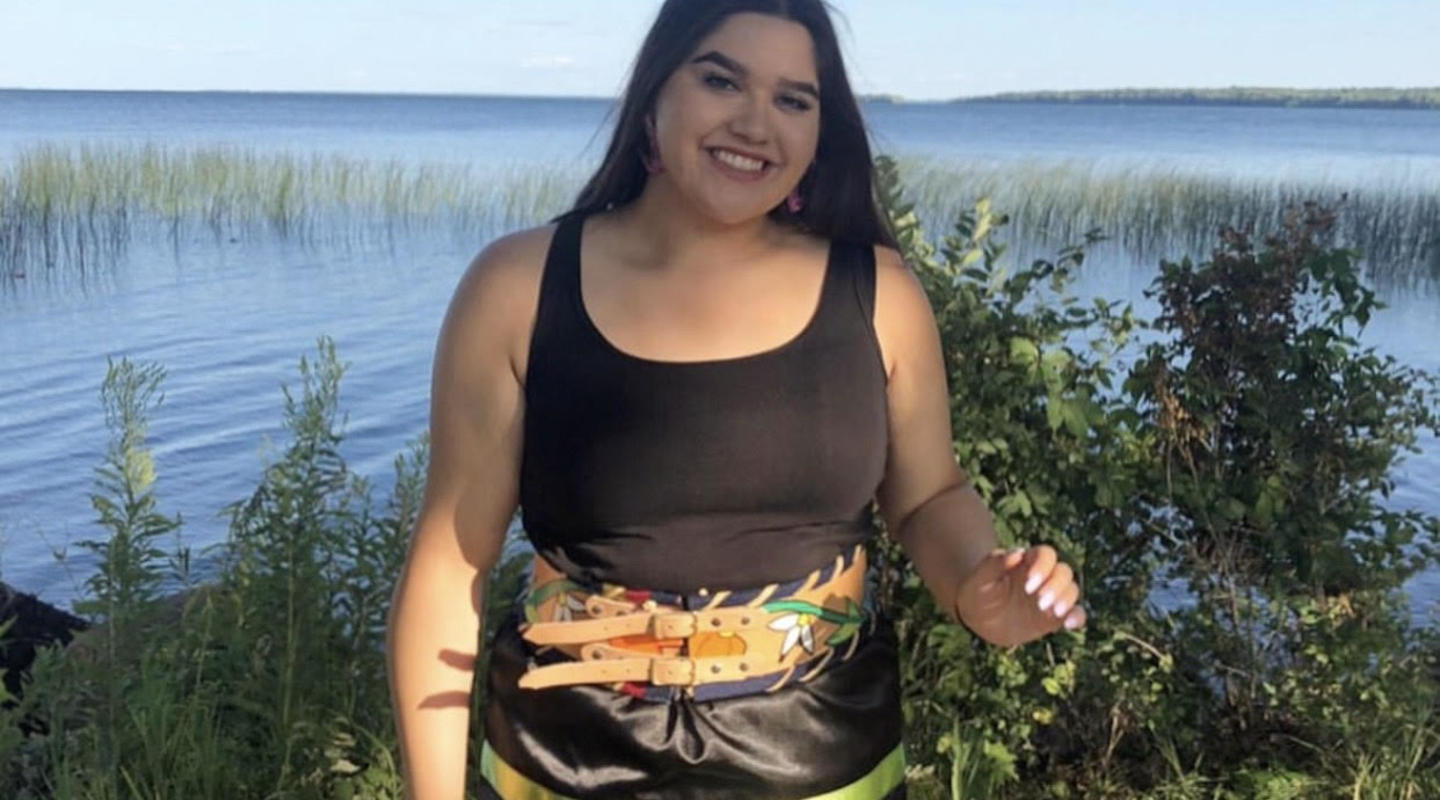
The red-tailed hawk was in trouble. She had become entangled in electric fence netting that had been used to contain chickens. As she struggled to free herself, she suffered injuries to her wings, leaving her unable to fly.
Fortunately, the hawk was found and taken to The Raptor Center (TRC) at the University of Minnesota. Staff treated her wounds and nursed her through recovery. Once she passed a flight evaluation, where the team made sure she had the strength and stamina to thrive, she was released back into the wild.
The hawk is one of more than 30,000 birds—hawks, owls, eagles, falcons, vultures, and others— that have received care at TRC in its nearly 50-year history. “The majority come in because of human causes, whether they get hit by a car or get lead poisoning or consume poisoned rats,” says Victoria Hall, executive director and Patrick T. Redig Endowed Chair in Raptor and Ecosystem Health.
Some might stay for just a day, others for more than a year. A few of those that are permanently disabled become ambassadors for TRC, assisting educators with talks on conservation and promoting environmental stewardship.
Hall says most of the birds’ care and treatment wouldn’t happen without the support of donors like Billie Jo Jones. Jones, who passed away in 2022, had been a friend of TRC for many years, providing support through charitable gift annuities. Her final gift to TRC will go to its rehabilitation fund (other portions will go to the Veterinary Medical Center and a scholarship in the College of Education and Human Development).
Hall says such gifts make TRC’s work possible. “Our hospital is run almost 100% by philanthropic donations,” she says. “Birds don’t pay their bill when they leave.”
She adds that Jones’ gift will help more than 1,000 birds a year get the care they need.
In addition to treating injured raptors, donors also make TRC’s educational and research missions possible. “We learn from each of these birds what’s happening in the environment,” Hall says. “Raptors are an indicator species for bigger issues such as infectious disease, the impact of climate change, and contaminants in the environment. These affect not just birds but also humans.”
Learn more about charitable gift annuities.


